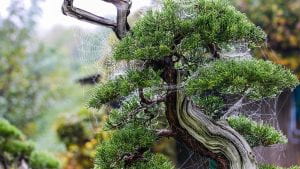
As we grapple with the pressing challenges of climate change and social inequality, ecofeminism offers a unique perspective on the connections between these issues and how we relate to the natural world. Within this framework, multiple levels of existence intersect, leading to a more profound interconnection of matters that influence our social and environmental welfare.
At the heart of ecofeminist thought lies the recognition that environmental degradation and social inequality are not individual concerns but rather indications of a more extensive systemic issue. The concept of intersectionality is fundamental to this ideology as it highlights the significance of recognizing the numerous ways in which women may encounter oppression when various forms of oppression intersect and influence both people and the natural world.
Intersectionality, a term coined by Kimberlé Crenshaw, refers to the interlocking nature of various forms of oppression and marginalization experienced by individuals who belong to multiple minority groups. Through this lens, the ecofeminist perspective aims to challenge the traditional notion of nature as a mere resource and commodity to be exploited as it advocates for a more comprehensive method of recognizing the inherent worth of all living beings. This approach helps to highlight the various aspects of race, class, gender, disability, sexuality, caste, religion, and age, and their diverse and unique impacts on discrimination, oppression, and the identity of women and the natural environment (Kings, 64). This method can be best understood as a “web of entanglement” where each web spoke represents a continuous sequence of the various social categorizations mentioned here (Kings, 65). This “web” concept is central to this philosophy, describing the intricate and interconnected relationships between all living beings on the planet.
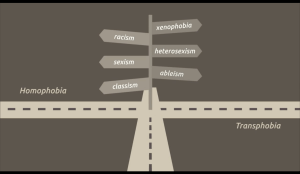
Understanding the historical implications of intersectionality in relation to the ecofeminist perspective is crucial. According to Hobgood-Oster’s Western view of ecofeminism, it is necessary to examine the oppression of both the natural world and women under patriarchal power structures together. In her essay, Ecofeminism: Historic and International Evolution, Hobgood-Oster acknowledges that patriarchal power structures, which have historically marginalized women, also contribute to the exploitation of the environment (2005).
Bina Agarwal’s 1992 article, “The Gender and Environment Debate: Lessons from India”, further highlights the importance of acknowledging the unique relationships that women and men have with the natural world, which are shaped by their specific circumstances and ways of interacting with the environment. Agarwal argues that knowledge about the natural world is largely experiential, and as such, is shaped by the same social structures that shape people’s interactions with nature (126).
However, Leah Thomas takes the issue even further in her article “The Difference Between Ecofeminism & Intersectional Environmentalism”, as she highlights the importance of comprehending the historical implications of intersectionality when considering the ecofeminist viewpoint. Although she agrees that ecofeminism emphasizes the interconnectedness of the exploitation of women and the natural world under patriarchal power structures, she also recognizes that this approach may overlook the disproportionate impacts of environmental degradation on marginalized communities (2020).
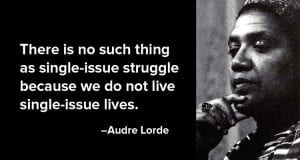
Thomas reminds us that while the ecofeminist perspective primarily focuses on the connection between the oppression of women and the exploitation of the natural world, it does not consider the ways in which environmental degradation affects people of different identities, including people of color, indigenous people, LGBTQ+ individuals, low-income individuals, and others (2020). She argues that in contrast, intersectional environmentalism expands upon the ecofeminist perspective by considering the intersection of various aspects of an individual’s identity in relation to environmental issues and seeks to address the interconnectedness of environmental and social justice concerns.
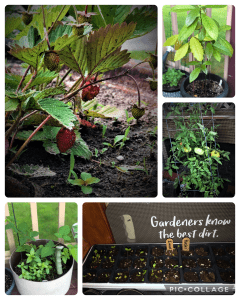
The concept of intersectional environmentalism recognizes the interconnectedness between various forms of oppression and the environment. In this context, a garden serves as a powerful metaphor for understanding the delicate balance of the natural world and the interdependence of all living things. Intersectional environmentalism recognizes that humans are not separate from nature but an integral part of it, and our actions have an impact on the health and wellbeing of the entire ecosystem. Plants, animals, and insects all play crucial roles in a garden’s ecosystem, highlighting the interconnectedness and fragility of nature.
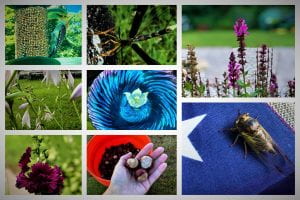
Tending to a garden is not just about nurturing the plants and animals within it but also nurturing our connection to the natural world. Intersectional environmentalism emphasizes the significance of diversity in a garden as a symbol of strength as each plant and animal plays a unique role working collaboratively to promote growth and health in support of protecting and preserving the biodiversity, essential for the long-term survival of all life on earth. Ultimately, a garden is not just a physical location but also a spiritual and emotional space for reflection and contemplation where one can connect with the natural world, appreciate its beauty and complexity, and reflect on our relationship with the environment.
While ecofeminism and intersectional environmentalism both recognize the link between environmental degradation and societal problems, intersectional environmentalism expands upon the ecofeminist perspective by addressing environmental issues in a more inclusive and equitable manner and considering the intersection of various aspects of an individual’s identity to recognize the disproportionate impacts of environmental degradation on marginalized communities.
Works Cited:
Agarwal, Bina. “The Gender and Environment Debate: Lessons from India.” Feminist Studies, vol. 18, no. 1, 1992, pp. 119–158., https://doi.org/10.2307/3178217.
Hobgood-Oster, Laura. “Ecofeminism: Historic and International Evolution.” Encyclopedia of Religion and Nature, edited by Bron Taylor, Continuum, London & New York , 2005, pp. 533–539, http://www.religionandnature.com/ern/sample/Hobgood-Oster–Ecofeminism.pdf.
Kings, A.E. “Intersectionality and the Changing Face of Ecofeminism.” Ethics and the Environment, vol. 22, no. 1, 2017, pp. 63–87., https://doi.org/10.2979/ethicsenviro.22.1.04.
Thomas, Leah. “The Difference between Ecofeminism & Intersectional Environmentalism.” The Good Trade, 11 Aug. 2020, https://www.thegoodtrade.com/features/ecofeminism-intersectional-environmentalism-difference/.
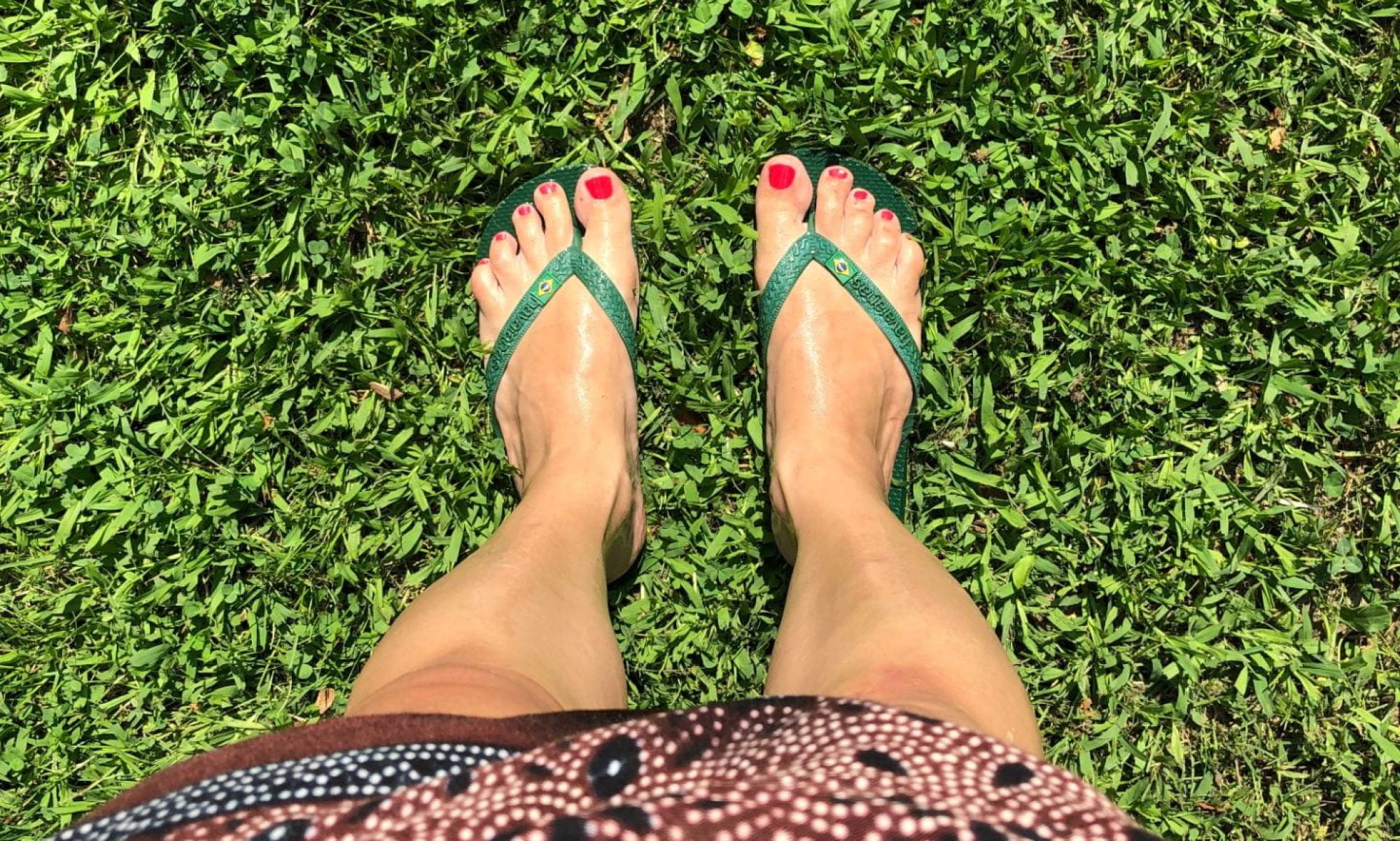
You’ve made some good points there. I looked on the internet for
additional information about the issue and found most people will go along with your views on this
web site.
Hi there are using WordPress for your blog platform?
I’m new to the blog world but I’m trying to get started and set
up my own. Do you require any coding expertise to make your
own blog? Any help would be really appreciated!
Tremendous things here. I am very satisfied to see your article.
Thank you a lot and I’m taking a look forward to touch you.
Will you please drop me a mail?
Hello There. I found your blog using msn. This is an extremely well written article.
I will make sure to bookmark it and return to read more of your useful info.
Thanks for the post. I’ll definitely return.
Fantastic post but I was wondering if you could write a litte more on this subject?
I’d be very grateful if you could elaborate a little bit further.
Thank you!
Amazing! Its actually awesome paragraph, I have got much clear idea regarding from this piece of writing.
Amazing issues here. I’m very happy to look your article.
Thank you a lot and I am having a look forward
to contact you. Will you kindly drop me a mail?
Attractive section of content. I just stumbled upon your weblog and in accession capital to assert that I acquire in fact enjoyed account your blog
posts. Anyway I will be subscribing to your augment and
even I achievement you access consistently fast.
This page certainly has all of the information I wanted concerning this
subject and didn’t know who to ask. Gezond
We have been helping Canadians Borrow Money Against Their
Car Title Since March 2009 and are among the very few Completely Online Lenders in Canada.
With us you can obtain a Loan Online from anywhere in Canada
as long as you have a Fully Paid Off Vehicle that is 8 Years old or newer.
We look forward to meeting all your financial needs.
Hey I know this is off topic but I was wondering if you knew of any widgets I
could add to my blog that automatically tweet my newest twitter updates.
I’ve been looking for a plug-in like this for quite some time and was hoping maybe you would have some experience with something like this.
Please let me know if you run into anything. I truly enjoy reading your blog and
I look forward to your new updates.
Hi
Just wanted to tell you how nice your site is!
I also have an blog about 유출출사
come visit and give me some likes
Thank!
Superb blog! Do you have any tips and hints for aspiring writers?
I’m hoping to start my own website soon but I’m a little lost on everything.
Would you recommend starting with a free platform like WordPress or
go for a paid option? There are so many choices out there that I’m totally overwhelmed ..
Any recommendations? Cheers!
JM
I am regular visitor, how are you everybody? This article posted at this
web page is in fact nice.
세심하게 조율된 조명, 은은한 향기, 차분한
음악과 함께 시작된 여성전용마사지는
처음부터 끝까지 저를 위한 힐링의 연속이었어요.
인천토닥이는 깔끔하고 모든 게 매끄러웠어요.
One session of 여성전용 마사지 was more effective than a weekend
getaway.
My muscles and thoughts both loosened up, thanks to 여성전용마사지.
This platform is a easy-to-use platform for streaming internet radio stations from all over the world.
It includes a large selection of music styles, from jazz and classical to jazz and classical.
The layout is simple and easy to navigate, making it convenient
to find your favorite station in just a few clicks.
There’s no need to use extra software — everything loads directly in your
web browser, whether you’re on a computer or tablet.
What makes the service stand out is that you can not only listen to
live broadcasts but also check out playlists of recently played songs.
This is ideal if you liked a track but forgot the name.
The platform stores your favorite stations, offers content, and responds to your
taste. It’s a great solution for anyone who wants to always enjoy music without any hassle.
Feel free to surf to my site – radiobox
진짜 케어란 이런 거구나 싶었던 여성전용 마사지.
Thank you a bunch for sharing this with all of us you actually know
what you are talking about! Bookmarked. Kindly additionally seek advice
from my website =). We could have a link alternate agreement between us
What’s up, this weekend is nice in favor of me, since this moment i am reading this enormous informative piece of writing here at my home.
That is a very good tip especially to those new
to the blogosphere. Simple but very precise info… Appreciate your sharing this one.
A must read post!
Even my tense emotions felt soothed at 강남여성전용마사지.
It was a truly comforting experience.
There’s something truly therapeutic about
토닥이
I have read so many articles regarding the blogger
lovers however this post is in fact a pleasant piece of writing, keep
it up.
The care at 토닥이
went beyond my expectations.
camiseta denver nuggets retro nba denver
nuggets
Hmm it looks like your site ate my first comment (it was super long) so I guess I’ll just sum it up what I wrote and say, I’m
thoroughly enjoying your blog. I as well am an aspiring blog blogger but I’m still new to everything.
Do you have any helpful hints for rookie blog writers?
I’d really appreciate it.
Hello there I am so glad I found your blog page, I
really found you by error, while I was browsing on Bing for something else, Regardless I am
here now and would just like to say kudos for a tremendous post and a all round thrilling blog (I
also love the theme/design), I don’t have time to
read it all at the minute but I have bookmarked
it and also included your RSS feeds, so when I have time I will be back to read
much more, Please do keep up the superb b.
Hi there just wanted to give you a quick heads up. The text in your post seem to
be running off the screen in Internet explorer.
I’m not sure if this is a formatting issue or something
to do with web browser compatibility but I figured I’d post to let you know.
The design look great though! Hope you get the problem fixed soon. Many thanks
For most up-to-date information you have to visit internet
and on internet I found this web site as a finest site for hottest updates.
Howdy just wanted to give you a brief heads up and let you know a few of
the pictures aren’t loading properly. I’m not sure why but I think its a linking issue.
I’ve tried it in two different internet browsers and both show the same results.
Greate post. Keep writing such kind of information on your page.
Im really impressed by your blog.
Hi there, You have done a fantastic job. I’ll
certainly digg it and individually recommend to
my friends. I’m sure they’ll be benefited from this website.
These are truly fantastic ideas in concerning blogging.
You have touched some fastidious points here. Any way keep up wrinting.
Good info. Lucky me I discovered your site by chance (stumbleupon).
I’ve saved it for later!
Hello! I’ve been following your blog for some time now and finally got the bravery to go ahead and give you
a shout out from Lubbock Tx! Just wanted to say keep up the good
job!
Just wish to say your article is as surprising. The
clarity on your submit is simply cool and that i can suppose you’re
a professional in this subject. Fine together with your permission let me to grab your feed to keep updated with impending post.
Thank you a million and please carry on the enjoyable work.
https://top11au.com
I’m not that much of a internet reader to be honest but your blogs really nice, keep it up!
I’ll go ahead and bookmark your website to come back in the future.
Cheershttps://top11au.com
Operkelijke dingen hier. Ik zeer blij om te lezen uw
artikel. Bedankt erg veel en ik ben neem vooruitkijkend naar het opnemen van u.
Wilt u mmij alsjeblieft een mailtje sturen?
Currently it sounds like BlogEngine is the top blogging platform out
there right now. (from what I’ve read) Is that
what you’re using on your blog?
Thanks a lot for sharing this with all folks you really realize what you’re talking about!
Bookmarked. Please additionally talk over with my site =).
We could have a link exchange arrangement among us
Awesome article! Planning my San Francisco trip right now and stumbled on https://www.itimaker.com — an AI itinerary planner that auto-optimizes routes and budgets.
Thought fellow readers might find it handy too. Cheers!
https://applebitcoins.co Apple bitcoins | buy
apple products with bitcoin and cryptocurrency
Hello this iis kinda of offf topic but I was wanting to know if blogs
use WYSIWYG editors or if you have to manually code with HTML.
I’m starting a blog soon but have no coding expertise so I
wanted to get advice from someone with experience.
Any help would be enormously appreciated!
Piece of writing writing is also a fun, if you know after that
you can write or else it is complicated to write.
darknet markets 2025 https://mydarknetmarketlinks.com
https://bitcryptomarket.com Bitcryptomarket | Online Shopping with Cryptocurrency
https://bitcryptomarket.com Bitcryptomarket | Online Shopping with Cryptocurrency
Fantastic beat ! I would like to apprentice while you amend your site, how could i subscribe for a weblog
website? The account aided me a applicable deal. I were tiny bit
familiar of this your broadcast offered vivid transparent idea